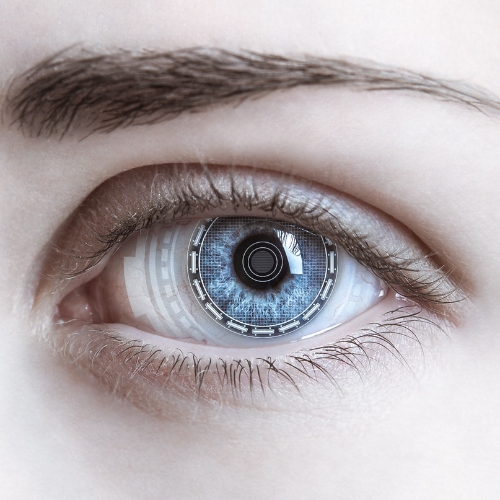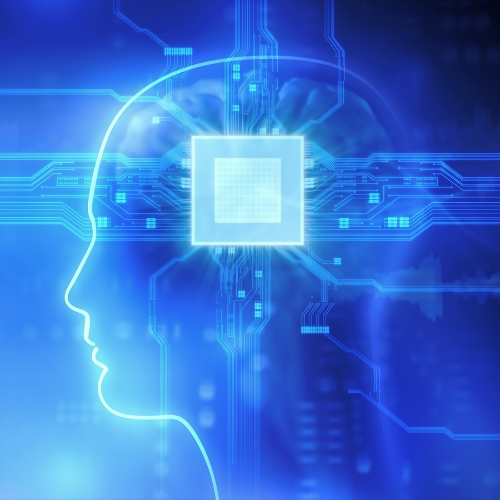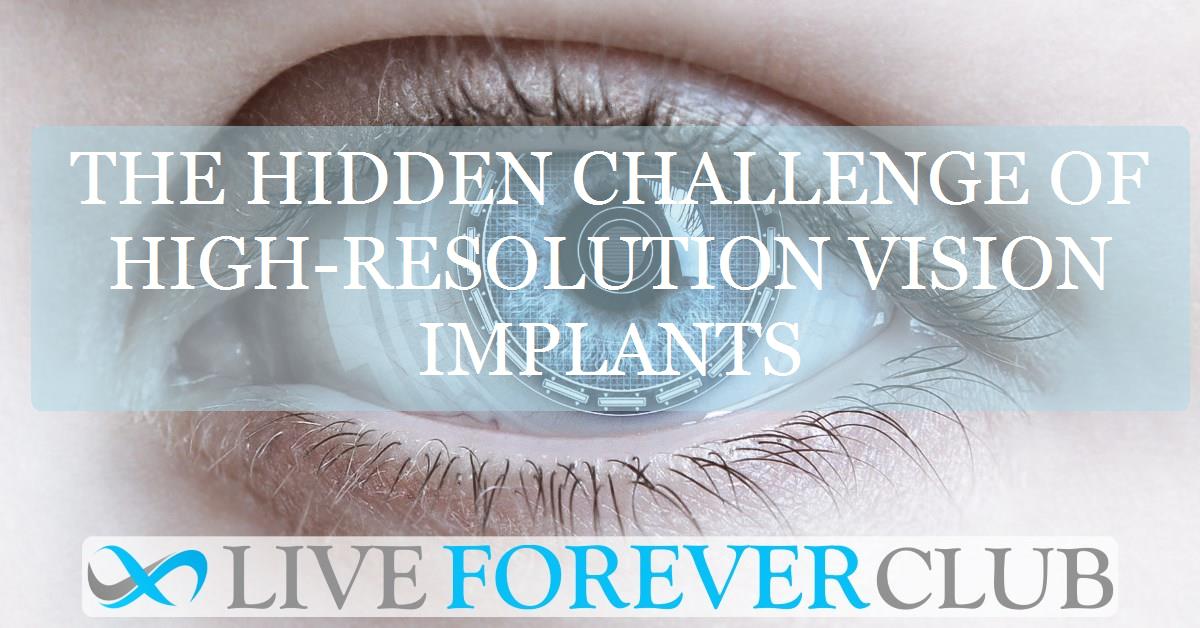Key points from article :
A new study challenges Elon Musk’s optimistic claims about Neuralink’s upcoming “Blindsight” cortical implant, which aims to restore vision and could one day surpass normal eyesight. The research, led by computational neuroscientists and published in The Conversation, argues that the brain’s visual system does not work like a pixelated screen — meaning more electrodes won’t automatically translate into clearer vision. Each neuron in the visual cortex responds to a specific pattern, size, and orientation of light, so stimulating one neuron produces a blurry “blob” rather than a crisp dot.
Using detailed computer models, the researchers simulated how thousands of cortical electrodes might recreate visual scenes. Even with extremely high electrode counts, the simulated images lacked fine detail unless the precise receptive field of every neuron was known — a task currently impossible in a blind patient. This complexity means that even a single bright point, like a star, requires an intricate pattern of stimulation across thousands of neurons, not just the activation of a single “pixel” in the brain.
The team created “virtual patients” by modelling the brain’s early visual processing areas, successfully predicting results from prior human cortical stimulation studies. These models allow for “virtual prototyping” of sight-restoring implants, helping to set realistic expectations and guide future designs. The findings suggest that cortical implants will likely produce grainy, imperfect vision, but even this could be life-changing for people with complete blindness.
The authors caution that the field’s history is littered with failed ventures that left patients with non-functioning, unsupported devices. They call for stronger safeguards, such as mandatory technology escrow agreements and insurance coverage, to protect patients if companies go bankrupt. While the potential for partial vision restoration is exciting, they emphasise the need for cautious optimism — and a deeper understanding of the brain’s complexity — before promising high-definition bionic sight.






